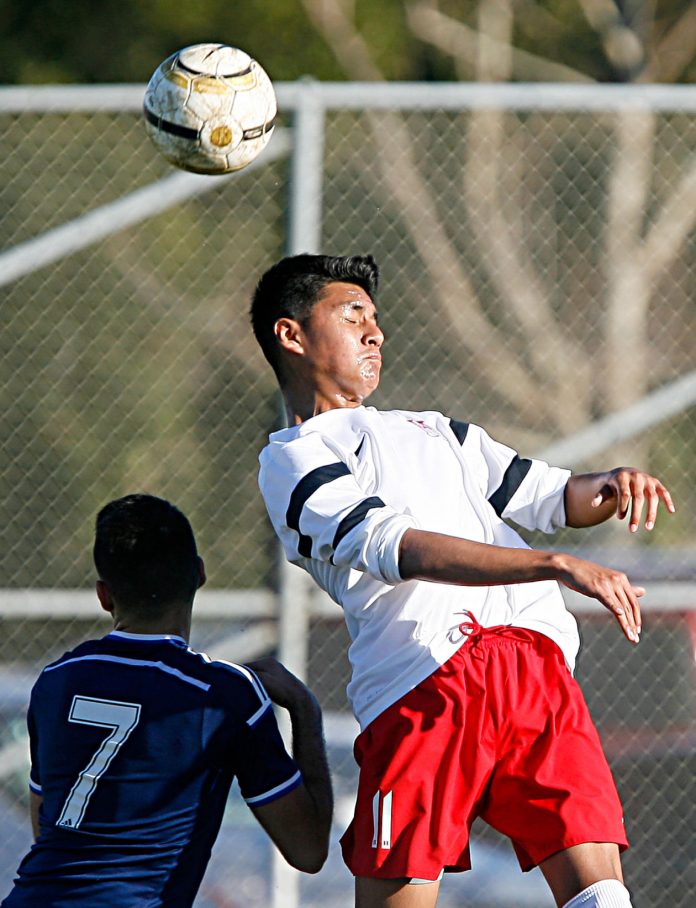As the Super Bowl 50 has been played and the NFL season comes to a close with the Denver Broncos being crowned the champions of the league, the fans beginning to look forward to the next season’s major roster changes and news of what players have decided to retire.
Seattle Seahawks’ running back Marshawn Lynch (age 29), and Detroit Lions’ wide receiver Calvin Johnson (age 30), have decided to call it a career. Both players are superstars in their respective positions and surely walking away from millions of dollars (Johnson was reportedly set to make $15.9 million with an additional $3.2 million in signing bonuses next season) in the “prime” of their careers. These announcements come on the heels of last off-season’s retiring of Chris Borland (age 24), Patrick Willis (age 30), Jason Worilds (age 27), and Jake Locker (age 26), all walking away from the game at a young age.
All announcements have one common factor in their decision to make career choices from this high-intensity contact sport: emerging evidence that players who maintain long-term careers in this sport develop life-long injuries. In many cases, this includes significant brain injuries from repeated trauma.
This issue has been brought to the forefront of media attention since Dr. Bennet Omalu discovered the correlation between repeated sub-concussive trauma to the brain and the disease CTE (Chronic Traumatic Encephalopathy) and shared his findings with the NFL and the world. There has since been scandal brought to the NFL from its initial dismissal of the disease and Dr. Omalu’s findings. This story was shared in the major motion picture “Concussion” starring Will Smith, and the documentary “League of Denial: the NFL’s Concussion Crisis.”
CTE is a gradual disease that occurs as a result of repeated concussive and sub-concussive hits to the brain. The Brain Injury Research Institute explains the process of CTE as the simultaneous deterioration and enlargement of different areas the brain. Additionally, the brain gathers an excessive amount of Tau Proteins, used as the defense to stabilize the structure of the brain in recovery after receiving a concussion, but can cause interference in communication of neurons in the brain. The primary symptoms of the disease include loss of memory, difficulty controlling impulses, higher levels of aggression or signs of depression, difficulty with balance, and eventually dementia or a heightened risk of other major brain diseases. Due to the symptoms being nearly identical to those of Alzheimer’s disease and Parkinson’s disorder, CTE has a high rate of misdiagnosis. CTE can only be diagnosed post-mortem; however, research efforts are progressing toward finding a way to diagnose CTE during a patient’s lifetime through identification and measurement of Tau protein concentrations.
Boston University recently published a study finding that out of 91 brains of deceased ex-NFL players, 87 had signs of CTE, over 90% of those tested. What is most worrisome about CTE is the emerging evidence that supports the concept that this disease is not just limited to professional football players. It is being discovered in other sports, and in younger cases. For example, in 2007, a study from a prominent athletic training journal found that in high school soccer, the rate of concussions was 68% higher in girls soccer than boys, and 293% higher in girls high school basketball than boys. Although the rate of concussion is higher in high school boys football (in 2012 showing that there was at least one instance of concussion for every game played) the severity of the concussions suffered in girls soccer are significantly worse. Neurologist Peter A. Puzio from Augusta Health Neurology elaborates, “As soccer grows in popularity, so does the incidence of concussion. There’s not a perfect a number because it all depends on the severity of each one, but there is a cumulative effect of concussions. One is bad, but it depends on the severity of the concussions.”
These facts are coupled with the statistic that in 2013, only 42% of high schools had access to athletic training programs. This means that some concussions can go undiagnosed or unreported. Some players will hide the symptoms of concussions in order to maintain their ability to play the sport. Such was the case with Kosta Karageorge (age 22), a wrestler and football player at Ohio State University who committed suicide in 2014. As a wrestler his coach is quoted as being told that he never reported any of the concussions he was afflicted with during his tenure on the team. Although his autopsy did not show signs of CTE, it did show signs of concussive damage to his brain. This isn’t the only instance of young adults being diagnosed with the disease. Michael Keck (age 25), Chris Henry (age 26), Owen Thomas (age 21), and Jovan Blecher (age 25) are limited examples of those who have died young and been diagnosed with the disease. There have been findings of CTE in brains of athletes as young as 18 years old.
Football, soccer, basketball, hockey and rugby are all sports that are considered high risk for these types of injuries and are valued as cultural norms and rituals in the United States and abroad. The question then becomes, how can we prevent concussions, sub-concussions and CTE in our youth and professional athletes?
Dr. Bennet Omalu in his New York Times editorial urged parents not to let their children play football, comparing its risks to that of smoking cigarettes. If families decide to allow their children to play a high-contact sport, they should consider making it a non-contact version such as flag football or junior league basketball until the age of 12-14. This benefits the health of children’s developing brains, and their abilities to focus on the skill aspects of their games at a young age. In terms of skill development, children can be taught through the same amount of coaching with a particular emphasis on the skill orientation of the game without focus on the contact aspect. The greatest example of this in football is Eli and Peyton Manning, who were not allowed to play contact football until the 7th grade. Both are now starting NFL quarterbacks with four Super Bowl Championships between them. European basketball youth programs have developed some of the most skilled players in the NBA currently playing by focusing on fundamentals portion of the game at a young age rather than contact. Dirk Nowitzki, Ricky Rubio, and Kristaps Porzingis are all examples. More and more evidence is emerging about continued brain development until the age range of 18-25. It is critical to the child’s health and brain function for parents to take the time to make an informed decision on playing a contact sport.
Sport is part of our combined way of life. The health benefits of sports are plentiful: a decreased risk for cardiovascular disease, increase in muscle, and a simultaneous decrease in stress and increase in self-esteem. It allows us to gather and create community and teach lifelong lessons to our youth. It promotes competition and allows for a fun and active way for children and adults to spend their free time in a world that is becoming filled with electronics and video games every year.
I hope you will consider taking steps to make it safer for our youth, and that we as a community can start to promote this change.
Ryan DeHart is an emergency services specialist with the San Benito County Health and Human Services, Public Health Services Division, which submits columns to the Free Lance.










